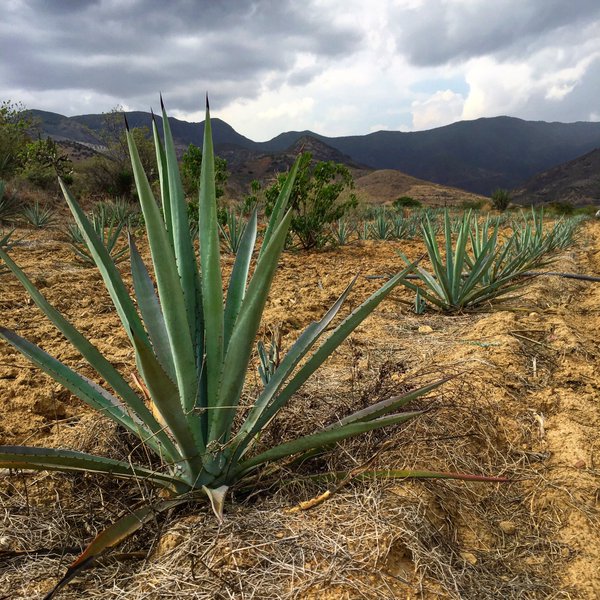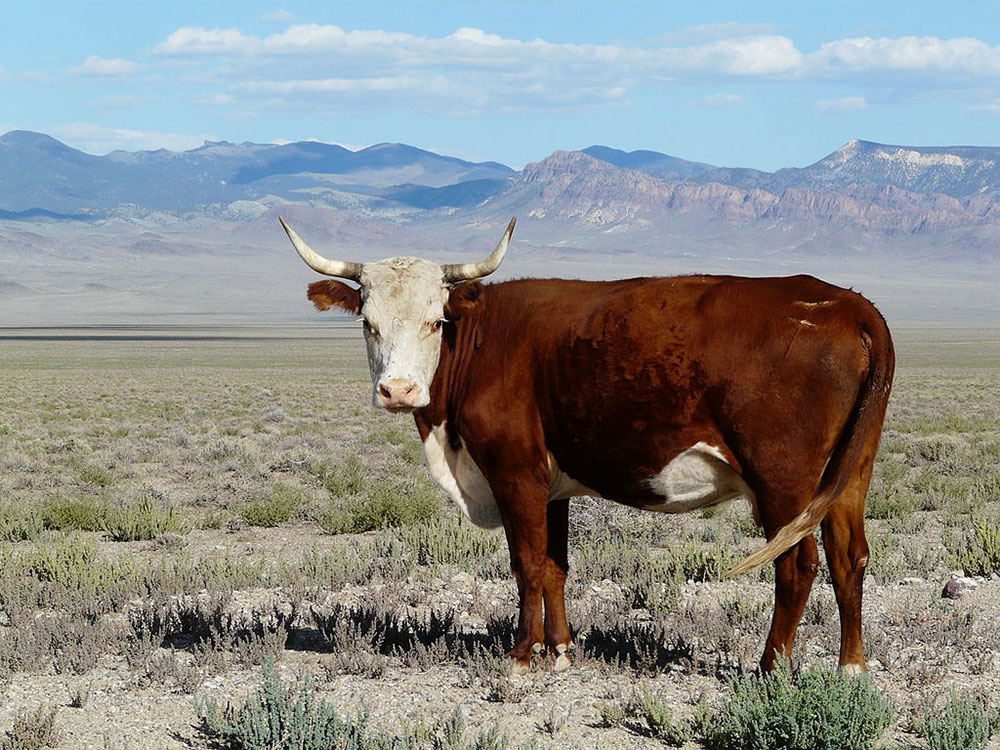[…] machines for a test run, and the U.S. Army is using the mobile units in Iraq. Until now, the army has transported bottled water on C-17 cargo planes and then trucked it to the troops. By plane, the cost is $30 per gallon; from the mobile unit in the field, it is 30 cents […]









